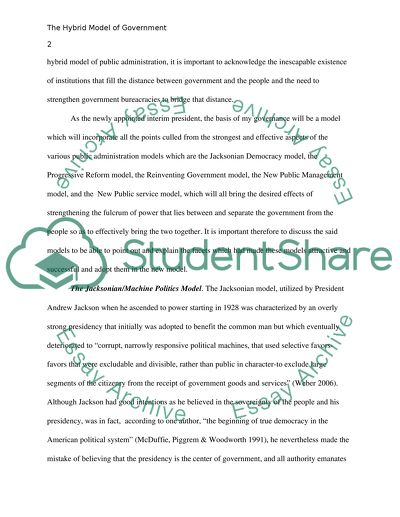Cite this document
(Positive and Negative Points of the Hybrid Model of the New Administra Literature review, n.d.)
Positive and Negative Points of the Hybrid Model of the New Administra Literature review. Retrieved from https://studentshare.org/politics/1547241-hybrid-model
Positive and Negative Points of the Hybrid Model of the New Administra Literature review. Retrieved from https://studentshare.org/politics/1547241-hybrid-model
(Positive and Negative Points of the Hybrid Model of the New Administra Literature Review)
Positive and Negative Points of the Hybrid Model of the New Administra Literature Review. https://studentshare.org/politics/1547241-hybrid-model.
Positive and Negative Points of the Hybrid Model of the New Administra Literature Review. https://studentshare.org/politics/1547241-hybrid-model.
“Positive and Negative Points of the Hybrid Model of the New Administra Literature Review”. https://studentshare.org/politics/1547241-hybrid-model.


